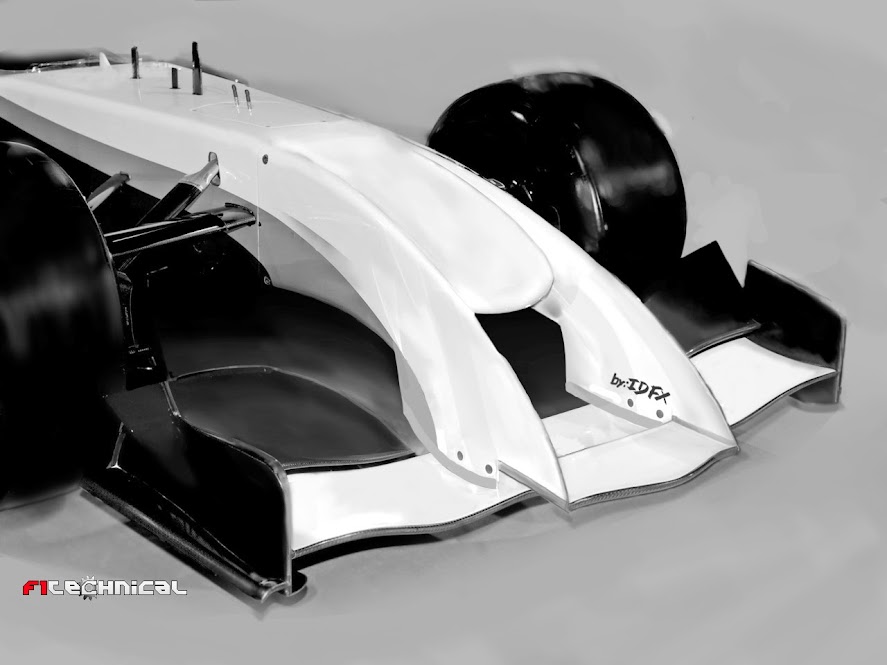"My question is how well do polymers transmit heat? After all, we are talking heat exchangers, and it would be pointless to use a material with poorer heat trasmission properties than what is done now.
In any case, it is now possible to 3d print metal. I don't think there are machines that can do the size required, though.
The advantage would not be in better heat transfer, but it optimising the weight (ie reducing it) for the cooling capacity."
"Polymers have bad heat exchange. Thats why they are often used as insutaion."
Polymer heat exchangers have been in use for quite some time. While it is true that many types of polymer can be good insulators, the U-value of polymers generally change changes as they get thinner, making them good conductors and quite suitable for use as heat exchangers. In particular, the heat exchange surface area can be increased relative to metals due to ease of forming and use of 3D printing. I think they will be a natural recourse to achieve optimized packaging. http://docs.lib.purdue.edu/cgi/viewcont ... text=iracc
"Heat exhangers for F1 has been done in 3D printing. But I think that was an oilcooler. Don't know if radiator size are avalible yet. But I cant see a problem in going bigger. You just need a larger "tank" of sintered metal.
http://www.youtube.com/watch?v=zApmGFDA6ow"
I think that the weight advantages alone would recommend polymers over sintered metal (aluminum). High density, cross-linked polyethylene (PEX) is 66% less dense than aluminum, and is commonly used in polymer heat exchangers.
- Login or Register
No account yet? Sign up









